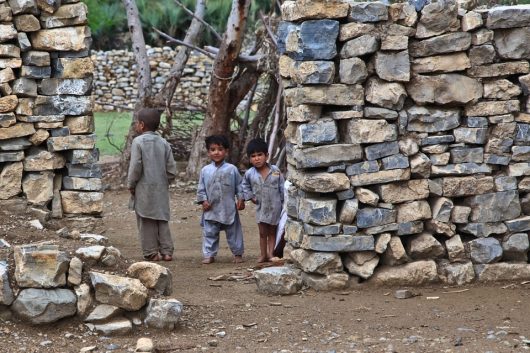Five Facts About Children Born in Poverty

Five Facts About Children Born in Poverty
- UNICEF estimates that 39 percent of children in low and middle-income countries are living in extreme poverty. These children born in poverty must survive on less than $1.25 a day. From education to food security, severe poverty impacts nearly every aspect of a child’s life. According to UNICEF, “Nearly half of all deaths in children under five are attributable to undernutrition.” It is estimated that over three million children die every year from hunger.
- In countries like Madagascar, the only meal many children receive in a day is school lunch. Malnutrition also causes children to be more susceptible to illnesses like malaria, pneumonia and measles. Several organizations like UNICEF, USAID and Save the Children have programs to provide adequate nutrition to children in developing countries.
- A 2015 report published by the World Health Organization (WHO) and the World Bank Group estimated 400 million people were without access to basic healthcare throughout the world. Approximately nine million children under the age of five die yearly. The WHO estimates 70 percent of these deaths are preventable with better access to medical care.
- The U.N. reports that children comprise half of the world’s refugee population. These children come from conflict-ridden countries like Syria, Sudan and Iraq and many are internally displaced. Access to adequate healthcare, education and shelter are all challenges refugee children must face. Many of these children lost their entire family to violence within their home countries.
- Children born in poverty are also more likely to be affected by mental health problems. Even in developed countries like the U.S., long-term financial stress is linked to poor mental health. Rates of anxiety and depression are higher among low-income individuals. The loss of close family members can also increase the likelihood of adverse mental health for children born in poverty.
Poverty is a cyclical condition and education is crucial to ending chronic poverty. Children born to low-income families are statistically likely to remain impoverished due to a lack of education and opportunities.
The U.N. reports that between the years of 1994 and 2009, “Rural households where the household head had completed primary education were 16 percent less likely to be chronically poor.”
These promising statistics are the driving force behind government-led programs and NGOs to increase access to education.
– Saroja Koneru
Photo: Pixabay
